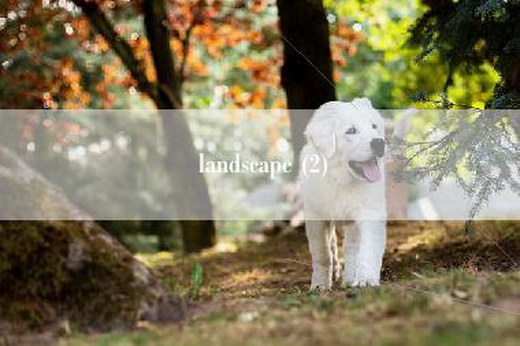Landscape: How to Capture the Beauty of Nature in Your Photographs
Landscape photography is a popular genre that captures the beauty and grandeur of nature. From sweeping vistas to intimate details, landscapes offer endless opportunities for creative expression. Whether you're a beginner or an experienced photographer, there are some key techniques and tips you can use to improve your landscape photography skills.
1. Plan Your Shot
Before you even pick up your camera, take some time to plan your shot. Consider the time of day, weather conditions, and location. Look for interesting foreground elements, such as rocks, trees, or water, that can add depth and dimension to your image. Use tools like Google Maps or The Photographer's Ephemeris to help you scout out locations and determine the best time of day for your shoot.
2. Use a Tripod

A tripod is an essential tool for landscape photography. It allows you to stabilize your camera and capture sharp, detailed images. Look for a sturdy tripod that can support the weight of your camera and lens. Use a remote shutter release or self-timer to minimize camera shake.
3. Use the Right Lens
The right lens can make all the difference in your landscape photography. Wide-angle lenses are popular for capturing sweeping vistas and expansive scenes. Telephoto lenses can be used to isolate details and create a more intimate composition. Consider investing in a high-quality lens that will give you sharp, clear images.
4. Use Filters
Filters are another essential tool for landscape photography. A polarizing filter can help reduce glare and enhance colors, while a neutral density filter can be used to slow down your shutter speed and create a sense of motion in water or clouds. Graduated neutral density filters can be used to balance the exposure between the sky and foreground.
5. Pay Attention to Composition
Composition is key in landscape photography. Look for leading lines, such as roads or rivers, that can guide the viewer's eye through the image. Use the rule of thirds to place your subject off-center and create a more dynamic composition. Consider the foreground, middle ground, and background when composing your shot.
6. Experiment with Exposure
Exposure is another important element in landscape photography. Use the aperture priority mode to control your depth of field, or the shutter priority mode to control your shutter speed. Experiment with different exposure settings to achieve the look you want. Remember to bracket your exposures to ensure you capture the full range of light in the scene.
7. Edit Your Images
Editing is an important part of the landscape photography process. Use software like Lightroom or Photoshop to adjust the exposure, contrast, and color of your images. Consider cropping your images to improve the composition or remove distractions. Don't be afraid to experiment with different editing techniques to create a unique look.
In conclusion, landscape photography is a rewarding and challenging genre that requires patience, planning, and practice. By following these tips and techniques, you can capture the beauty and grandeur of nature in your photographs. Remember to plan your shots, use a tripod and the right lens, pay attention to composition, experiment with exposure, and edit your images to create a unique and memorable landscape photograph.
本文转载自互联网,如有侵权,联系删除